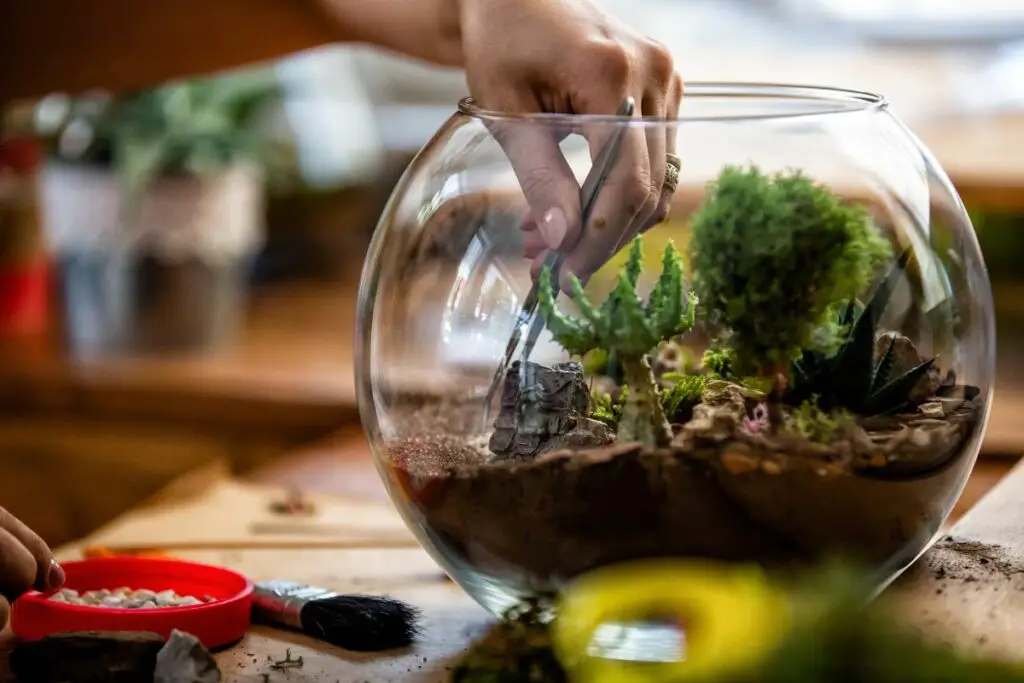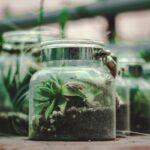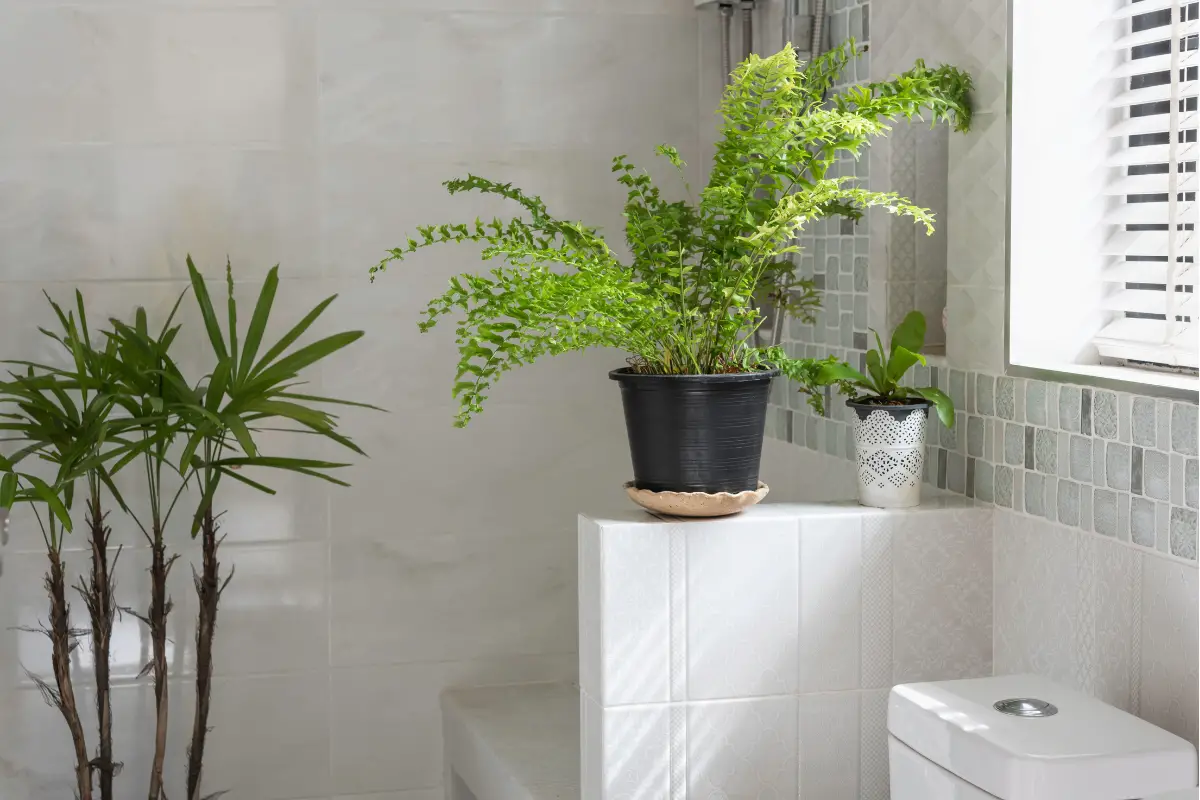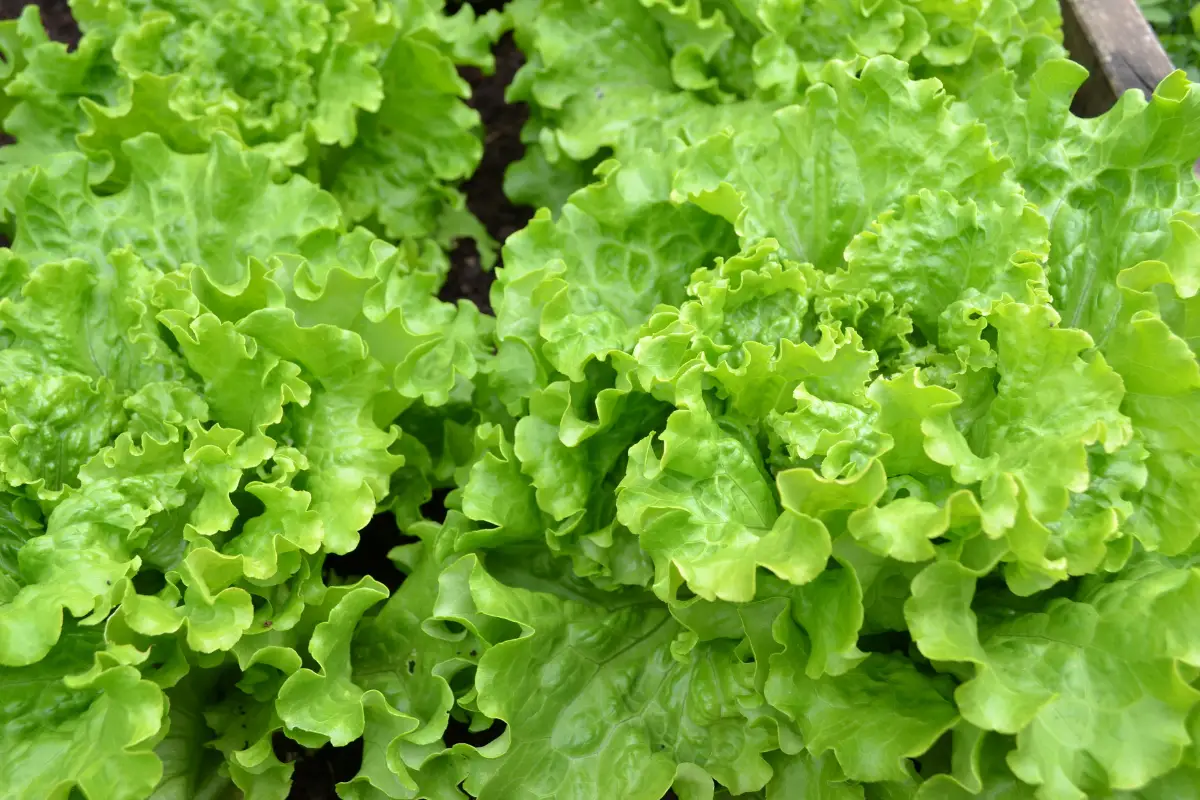A terrarium is a unique and fascinating way to bring the beauty of nature into your home. It is a closed, self-sustaining environment that allows you to grow a variety of plants and create your own miniature world.
Whether you are a seasoned gardener or just starting out, a terrarium is a fun and rewarding project that can bring joy and tranquility to your life.

Table of Contents
What is a Terrarium?
A terrarium is a clear, enclosed container that provides a controlled environment for plants to grow. It can be made of glass, plastic, or any other clear material that allows light to pass through. The term “terrarium” is derived from the Latin word “terra”, which means earth or land.
The purpose of a terrarium is to create a mini-ecosystem in which plants can thrive, even if you do not have a green thumb.
How Does a Terrarium Work?
A terrarium works by controlling the moisture and temperature levels inside the container. This allows the plants to grow in a similar way as they would in their natural environment. When you first create your terrarium, you need to choose plants that are suited to the type of environment you are creating.
You will also need to add soil, rocks, and other materials to create a suitable growing environment.
Once you have set up your terrarium, it is important to keep it properly maintained. This includes monitoring the moisture levels, ensuring that the plants receive enough light, and adding water as needed.
With proper care, your terrarium can thrive for years, providing you with a beautiful and peaceful corner of nature in your own home.
Types of Terrariums
There are several types of terrariums, each with its own unique characteristics. Some of the most common types include:
- Open Terrariums: These are terrariums that are not fully enclosed, and allow for some air exchange. They are ideal for plants that do not require a lot of moisture and are best suited for dry and arid environments.
- Closed Terrariums: As the name suggests, these terrariums are completely closed, providing a completely self-contained environment. They are ideal for plants that require a lot of moisture, such as ferns and mosses.
- Desert Terrariums: These are terrariums that are designed to recreate the conditions found in desert environments. They are typically open and are best suited for cacti and other succulent plants.
- Rainforest Terrariums: These terrariums are designed to recreate the conditions found in tropical rainforests. They are typically closed and are ideal for plants that require a lot of moisture and humidity, such as orchids and bromeliads.
Benefits of Having a Terrarium
Having a terrarium has many benefits, both for you and for the plants you grow. Some of the key benefits include:
- Improving Air Quality: Plants release oxygen and absorb carbon dioxide, making them excellent at purifying the air in your home. This can help to improve the air quality, reducing the levels of indoor air pollution.
- Reducing Stress: Spending time with plants has been shown to reduce stress levels and improve overall well-being. Having a terrarium in your home provides you with a beautiful and peaceful place to relax and unwind.
- Adding Beauty to Your Home: Terrariums are visually stunning and can add a touch of beauty and elegance to your home. They are an excellent way to bring the natural world into your home, even if you do not have a garden.
- Encouraging Creativity: Creating a terrarium is a fun and creative project that allows you to express your own personal style. From choosing the plants, to selecting the materials and decorations, you have the freedom to create a unique and beautiful miniature world.
Prices pulled from the Amazon Product Advertising API on:
Product prices and availability are accurate as of the date/time indicated and are subject to change. Any price and availability information displayed on [relevant Amazon Site(s), as applicable] at the time of purchase will apply to the purchase of this product.
How to Create a Terrarium
Creating a terrarium is a simple and straightforward process. Here are the basic steps to get started:
- Choose a container: The first step is to choose a container for your terrarium. It can be a glass or plastic jar, a fish tank, or any other clear container that will allow light to pass through.
- Choose the plants: Next, you need to choose the plants that you want to grow in your terrarium. Consider factors such as the amount of light and moisture that the plants need, and choose plants that are well suited to the type of environment you are creating.
- Add a layer of rocks: Once you have chosen your container and plants, you will need to add a layer of rocks at the bottom of the container. This will help to improve drainage and prevent the soil from becoming waterlogged.
- Add soil: Next, add a layer of soil on top of the rocks. Make sure that the soil is well-draining and suitable for the plants you have chosen.
- Plant your plants: Now it is time to plant your plants. Place each plant in the soil, and gently press the soil down around the roots.
- Add decorations: Finally, you can add decorations such as rocks, moss, or small figurines to complete your terrarium.
- Maintain your terrarium: Once your terrarium is complete, it is important to maintain it properly. This includes monitoring the moisture levels, ensuring that the plants receive enough light, and adding water as needed.
Conclusion
In conclusion, a terrarium is a unique and fascinating way to bring the beauty of nature into your home. Whether you are a seasoned gardener or just starting out, a terrarium is a fun and rewarding project that can bring joy and tranquility to your life.
With proper care, your terrarium can thrive for years, providing you with a beautiful and peaceful corner of nature in your own home.
- How to Build a Planter Box for Bamboo: A Step-by-Step Guide

- Can Robotic Lawnmowers Handle Steep Slopes?

- Do You Need a Specific Lawn for a Robotic Lawnmower? Expert Advice

- Are Robotic Lawnmowers Safe for Pets and Children? Safety Features of Robotic Lawnmowers

- Why Use Robotic Lawnmowers? Advantages of Using a Robotic Lawnmower

- Is the GARDENA SILENO City 300 Cordless or Corded? A Clear Answer















